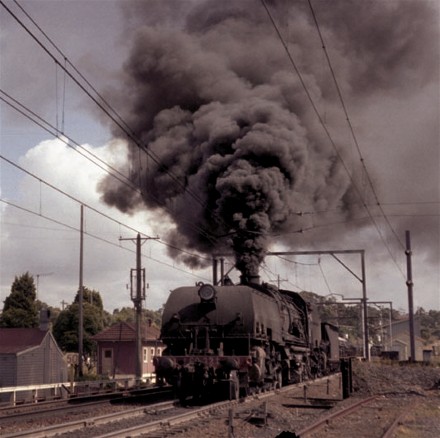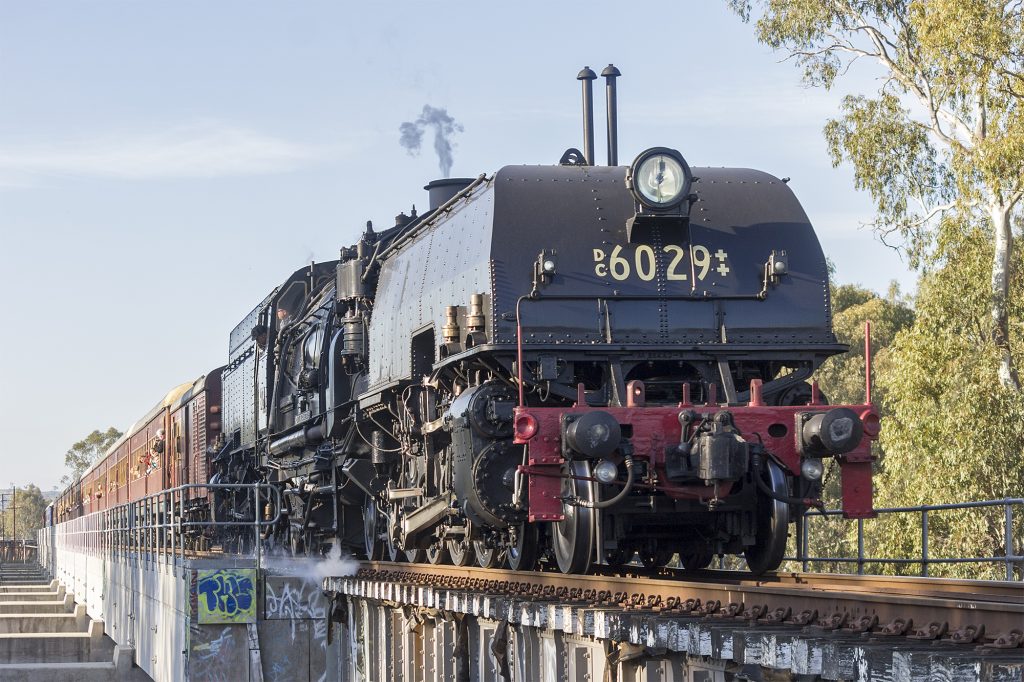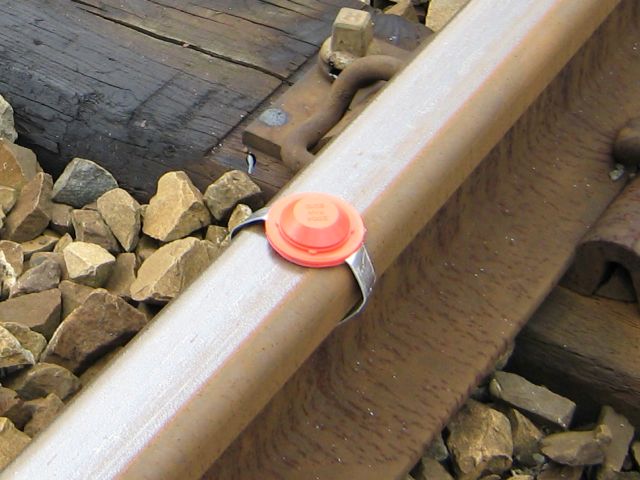Now that Google+ has been shuttered, I should air my dirty laundry on how awful the project and exec team was.
I’m still pissed about the bait and switch they pulled by telling me I’d be working on Chrome, then putting me on this god forsaken piece of shit on day one.
This will be a super slow burn that goes back many years. I’ll continue to add to over the next couple of days. I’ll preface it with a bunch of backstory and explain what I had left behind, which made me more unhappy about the culture I had come into.
I spent most of my early career working for two radical sister non-profit orgs. I was the only designer working on anywhere from 4-5 different products at the same time. All centered around activism and used by millions of people.
It’s how I cut my teeth. Learned to be the designer that I am today. Most importantly, the people I worked for are imho some of the greatest people on the planet. Highly intelligent, empathetic, caring, and true role models for a young me. I adore them.
You might not know who they are, but if you’re reading this then you have definitely seen their work. Maybe OpenCongress, or Miro, or maybe Amara which is Vimeo’s partner transcription service. Definitely Fight for the Future, our internet defenders, which was shortly after me.
I married the love of my life in 2008, started a family, and at some point realized that I simply needed to make a better living. No matter how prolific, non-profits usually can’t provide the type of income that you need for a growing family with huge ambitions.
So as I gained visibility – via @dribbble – I started to field recruiters and consider new opportunities. Mostly little startups. I interviewed at one (Rockmelt) and they passed on me (hi, @iamxande ?).
Got an email from Kickstarter (hi, @amotion ?). Schlepped to New York and wasted days of time to be passed on by their founders. Then they unfollowed me on twitter. At least I ate some deli. ?
Then Google reached out. I remember that ”holy shit” moment. “Me!? Are they kidding?? The schmuck who tested out of high school and dropped out of college??” They told me I’d interview to work on Chrome. I was over the moon. I remember Manda tearing up. God I love her.
They gave me a little bit of time for a design exercise. You can see it here in all it’s dated glory: morganallanknutson.com/google/ Click and hold for the overlay. More schlepping from LA and an interview at their silly college-like campus. I was a nervous wreck.
The process felt very haphazard. At one point a front-end dev with a bow-tie grilled me on CSS and asked some super dumb questions. My advocate (a sweetheart named Peter) seemed to be rushing people through, quelling their fears. I still appreciate his belief in me to this day.
I felt like I had done ok. The last two interviews that I failed at were real shots to the heart. I took this one incredibly seriously. I wanted this job so badly. I wanted to prove I was worthy.
Weeks went by and I heard nothing. I accepted the inevitable and started responding to other recruiters. It was ok. I wasn’t joining the big leagues. I could play triple-A ball for longer. As long as I got up to SF where the opportunities were.
I took a gig with a failing news startup (lol) called Ongo (hi, @bethdean ?). They got me up here. I guess it was a bit of a Hail Mary for them. In a couple of months I knocked out more work than they could have built in a year with their eng team. Then…
Google got back in touch almost 3-4 months after the interview (who does this??).
I got the job.
To be continued…
…
If you ever thought that Google+, despite its laudable aims, was rolled out like a shitstorm… image what it must have been like behind the scenes. Actually, image no more – read this thread for a taste of the full horror.






